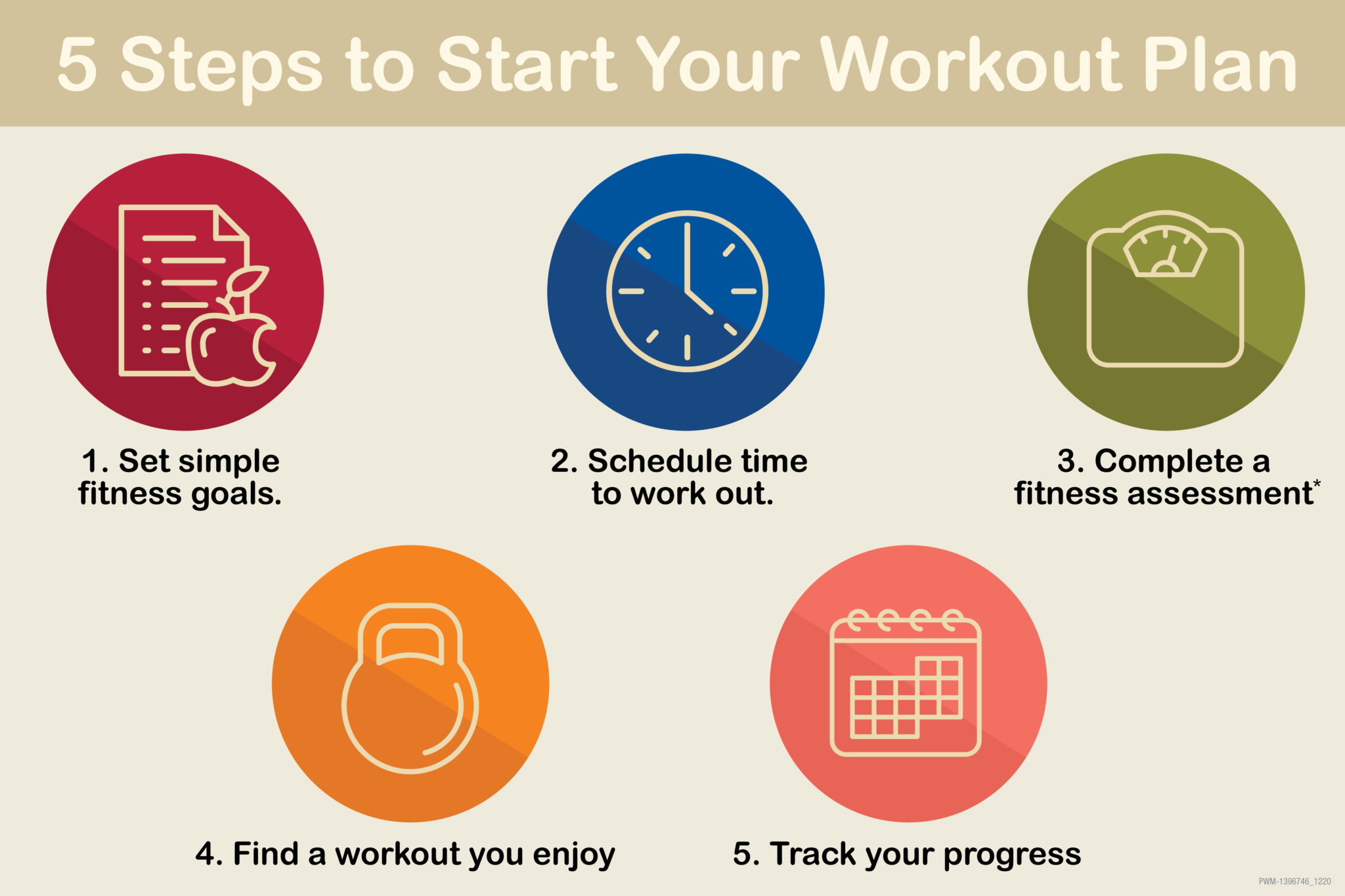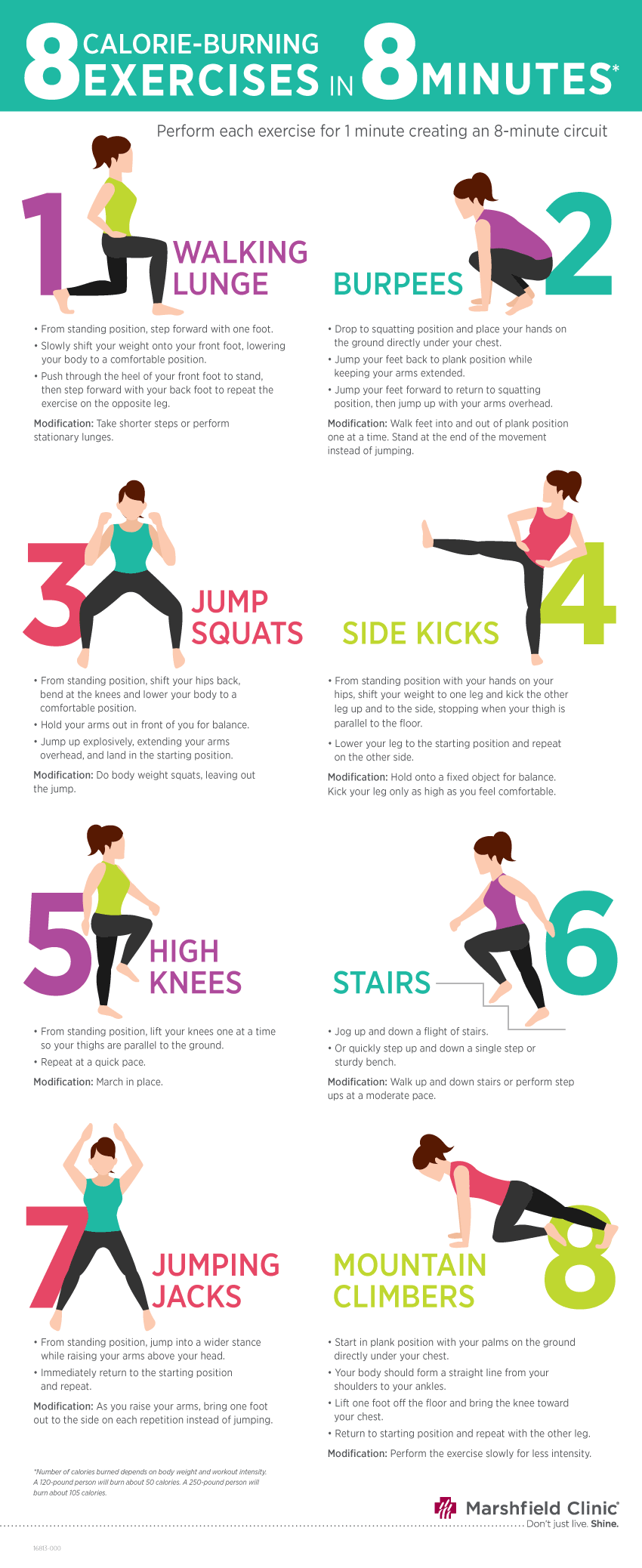Step-by-Step Guide To Starting A Fitness Routine: Unlock Your Potential
Step-by-Step Guide to Starting a Fitness Routine: Unlock Your Potential
Related Articles
- Unleash Your Inner Athlete: The Ultimate Guide To Tracking Fitness Progress
- Low-Impact Workouts For Beginners: Your Guide To A Healthier You
- Unlocking Focus: A Deep Dive Into Mindfulness Techniques
- The Ultimate Fitness Journey: Transform Your Life In 12 Weeks
- Unlock Your Potential: The Big Secret Tips And Tricks To Improving Flexibility As Part Of Your Fitness Journey
Introduction
Learn how Step-by-Step Guide to Starting a Fitness Routine: Unlock Your Potential can support your health goals
Step-by-Step Guide to Starting a Fitness Routine: Unlock Your Potential

Embarking on a fitness journey can be daunting, but it’s also an incredibly rewarding experience. With the right approach, you can transform your body, boost your energy levels, and improve your overall well-being. This comprehensive guide will provide you with a step-by-step plan to get started, incorporating valuable tips and tricks along the way.
Step 1: Setting Realistic Goals
1.1 Defining Your "Why":
Before diving into the specifics, it’s essential to understand your motivation. Why do you want to start a fitness routine? Are you seeking weight loss, increased strength, improved cardiovascular health, or simply a more energetic lifestyle? Identifying your "why" will be your guiding star, keeping you motivated on challenging days.
1.2 Setting SMART Goals:
Once you know your "why," it’s time to set specific, measurable, achievable, relevant, and time-bound (SMART) goals. Instead of aiming for "lose weight," set a goal like "lose 1-2 pounds per week." This approach provides clear milestones and a sense of accomplishment as you progress.
1.3 Starting Small:
Don’t try to do too much too soon. Begin with a manageable routine and gradually increase the intensity and duration as you build strength and stamina. For example, start with 2-3 workouts per week, gradually increasing to 4-5 as you feel comfortable.
1.4 Embracing Progress, Not Perfection:
Fitness is a journey, not a destination. There will be good days and bad days. Don’t get discouraged by setbacks; focus on the progress you’re making and celebrate your achievements, no matter how small they may seem.

Step 2: Finding the Right Fitness Activities
Review
2.1 Exploring Your Options:
The world of fitness is vast, offering a wide range of activities to suit every preference and fitness level. From traditional gym workouts to dance classes, yoga, swimming, hiking, and more, there’s something for everyone.
2.2 Considering Your Interests and Lifestyle:
Choose activities you genuinely enjoy. If you hate running, don’t force yourself to do it! Select activities that fit seamlessly into your lifestyle and that you’re likely to stick with long-term.
2.3 Seeking Professional Guidance:
For personalized recommendations and a safe starting point, consider consulting with a certified personal trainer or fitness professional. They can assess your current fitness level, identify areas for improvement, and create a customized workout plan.
2.4 Trying New Things:
Step-by-Step Guide
Don’t be afraid to step outside your comfort zone and try new activities. You might discover hidden talents or passions you never knew you had!
Step 3: Creating a Workout Plan
3.1 Planning for Consistency:
Consistency is key to success in any fitness journey. Schedule your workouts in advance, treating them as important appointments.
3.2 Balancing Different Types of Exercise:
A well-rounded workout plan incorporates a variety of exercises to address different fitness components. Aim for a balance of:
Tips to Maximize Your Fitness Journey
- Cardiovascular Exercise: Activities like running, swimming, cycling, or dancing elevate your heart rate and improve your cardiovascular health.
- Strength Training: Exercises using weights, resistance bands, or bodyweight help build muscle mass, increase strength, and improve bone density.
- Flexibility and Mobility: Yoga, Pilates, or stretching exercises enhance your range of motion, improve posture, and reduce the risk of injury.
3.3 Progressive Overload:
To continue seeing results, gradually increase the intensity, duration, or frequency of your workouts over time. This principle of progressive overload ensures your body is constantly challenged and adapts to new demands.
3.4 Rest and Recovery:
Rest is just as important as exercise. Allow your body time to recover and rebuild muscle tissue between workouts. Aim for 1-2 days of rest per week, or listen to your body and take breaks when needed.
Step 4: Fueling Your Body for Fitness
4.1 Understanding Nutrition:
Fueling your body with the right nutrients is essential for optimal performance and recovery. Focus on a balanced diet rich in:
- Protein: Builds and repairs muscle tissue.
- Carbohydrates: Provides energy for workouts.
- Healthy Fats: Support hormone production and cell function.
- Fruits and Vegetables: Packed with vitamins, minerals, and antioxidants.
4.2 Hydration is Key:
Drinking plenty of water throughout the day is crucial for maintaining optimal hydration levels, especially during and after workouts.
4.3 Timing Your Meals:
Pay attention to pre-workout and post-workout nutrition. Consuming a light meal or snack containing carbohydrates and protein before exercise provides energy, while a post-workout meal or snack helps replenish glycogen stores and promote muscle recovery.
4.4 Listening to Your Body:
Everyone’s nutritional needs are different. Pay attention to how your body responds to different foods and adjust your diet accordingly.
Step 5: Staying Motivated and Consistent
5.1 Finding a Workout Buddy:
Having a workout buddy can provide accountability, motivation, and a fun social aspect to your fitness journey.
5.2 Setting Realistic Expectations:
Don’t expect overnight results. Fitness takes time and effort. Focus on progress, not perfection, and celebrate your achievements along the way.
5.3 Tracking Your Progress:
Keep a workout log or use a fitness tracker to monitor your progress and identify areas for improvement. Seeing tangible results can be a powerful motivator.
5.4 Finding Joy in the Journey:
Remember, fitness should be enjoyable. Choose activities you love, listen to music that energizes you, and find ways to make your workouts fun and engaging.
5.5 Overcoming Obstacles:
There will be days when you don’t feel motivated or you encounter obstacles. Plan for these challenges by having backup plans, finding ways to make your workouts more enjoyable, or simply taking a break when needed.
Step 6: Tips and Tricks for Success
6.1 Finding the Right Time:
Experiment with different times of day to determine when you have the most energy and motivation to workout.
6.2 The Power of Music:
Music can be a powerful motivator and energizer. Create playlists that get you pumped up and help you push through challenging workouts.
6.3 Staying Hydrated:
Carry a water bottle with you throughout the day and sip on water regularly, especially during and after workouts.
6.4 Listen to Your Body:
Don’t push yourself too hard, especially when you’re first starting out. Pay attention to your body’s signals and rest when needed.
6.5 Don’t Be Afraid to Ask for Help:
If you’re struggling, don’t hesitate to reach out for help. Talk to a personal trainer, fitness professional, or your doctor for guidance and support.
6.6 Celebrate Your Achievements:
Acknowledge your progress and celebrate your successes, no matter how small they may seem. This will help keep you motivated and on track.
Step 7: Progression and Adaptation
7.1 Increasing Intensity:
As you get stronger, gradually increase the intensity of your workouts by adding more weight, resistance, or repetitions.
7.2 Adding Variety:
To avoid plateaus, incorporate new exercises and activities into your routine to challenge your body in new ways.
7.3 Focusing on Form:
Maintaining proper form is crucial for preventing injuries and maximizing results. If you’re unsure about proper technique, seek guidance from a fitness professional.
7.4 Rest and Recovery:
Give your body adequate time to rest and recover between workouts. This allows your muscles to rebuild and grow stronger.
7.5 Staying Consistent:
The key to long-term success is consistency. Make fitness a part of your lifestyle and strive to maintain a regular workout routine.
Conclusion
Starting a fitness routine is a journey of self-discovery and transformation. By following these steps, setting realistic goals, finding activities you enjoy, and staying motivated, you can unlock your fitness potential and achieve your health and wellness goals. Remember, consistency is key, and every step you take, no matter how small, is a step towards a healthier and happier you.
Frequently Asked Questions
Q: How often should I work out?
A: A good starting point is 2-3 times per week, gradually increasing to 4-5 times as you build strength and stamina.
Q: How long should my workouts be?
A: Start with 30-minute workouts and gradually increase the duration as you get fitter.
Q: What should I eat before and after a workout?
A: Before a workout, consume a light meal or snack containing carbohydrates and protein. After a workout, replenish glycogen stores and promote muscle recovery with a meal or snack containing protein and carbohydrates.
Q: What if I don’t have time for a full workout?
A: Even short bursts of activity can be beneficial. Aim for 10-15 minutes of high-intensity interval training (HIIT) or a quick bodyweight workout.
Q: What are some tips for staying motivated?
A: Find a workout buddy, set realistic goals, track your progress, celebrate your achievements, and find ways to make your workouts enjoyable.
Q: What if I get injured?
A: If you experience pain or discomfort, stop the activity and consult with a doctor or physical therapist.
Q: How can I make fitness a part of my lifestyle?
A: Schedule workouts in advance, find activities you enjoy, and make healthy choices throughout the day.
Q: What if I’m not seeing results?
A: Be patient, consistency is key. If you’re not seeing results after a few weeks, review your workout plan and diet, and consider consulting with a fitness professional for guidance.
Remember: This guide provides general recommendations, but it’s important to consult with a healthcare professional or certified fitness expert for personalized advice tailored to your individual needs and goals.
Source URL:
https://www.mayoclinic.org/healthy-lifestyle/fitness/in-depth/exercise/art-20048309
Closure
We hope this article has provided valuable insights into Step-by-Step Guide to Starting a Fitness Routine: Unlock Your Potential. Stay with us for more tips on fitness and wellness!
Let us know your thoughts on Step-by-Step Guide to Starting a Fitness Routine: Unlock Your Potential in the comments below.
Keep up with our latest fitness and wellness content!



